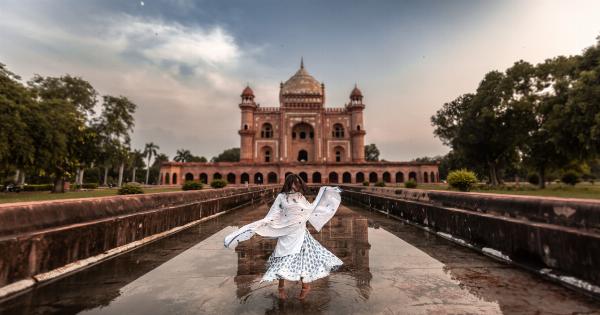The concept of rising from the dead has fascinated humanity for centuries, permeating religious texts, mythologies, and folklore around the world. It evokes a range of emotions, from fear and awe to hope and wonder.
While resurrection is frequently associated with religious beliefs, accounts of individuals returning to life after death can be found in various cultures and contexts, transcending specific religious affiliations. In this article, we explore the phenomenon of rising from the dead in 40 countries, shedding light on the cultural, historical, and psychological aspects surrounding these remarkable stories.
Rising from the Dead in Religious Contexts
One of the most prevalent occurrences of rising from the dead can be found within religious texts.
Christianity, for example, revolves around the resurrection of Jesus Christ after his crucifixion, which stands as a cornerstone of faith for millions around the globe. Additionally, within Islam, there are accounts of prophets and saints returning to life, embodying the belief in life after death.
In Hindu mythology, the concept of reincarnation allows for the rebirth and resurrection of individuals in different forms.
Similarly, Buddhism recognizes the possibility of achieving enlightenment and escaping the cycle of rebirth, which can be seen as a figurative form of resurrection.
Folklore and Cultural Beliefs
Outside of religious contexts, many cultures have their own unique tales of the dead coming back to life.
In Mexico, the Day of the Dead is celebrated to honor deceased loved ones, and it is believed that the spirits of the deceased return to visit their families during this time. This celebration showcases a cultural perspective on death and the concept of temporary resurrection.
In Haitian Vodou, the practice of raising zombies is believed to be possible through the use of supernatural means. These zombies, however, are not portrayed as the brain-hungry creatures popularized by modern media.
Instead, they are seen as individuals who have been temporarily resurrected but are devoid of their own will, often serving as slaves.
The mythology of ancient Egypt is rich with narratives of resurrection. The most famous example is the story of Osiris, who was killed by his brother Set but was resurrected by his wife Isis.
This tale symbolizes the cycle of life, death, and rebirth, and highlights the significance of resurrection within Egyptian culture.
Near-Death Experiences and Medical Miracles
In contemporary society, reports of near-death experiences have contributed to the phenomenon of individuals claiming to have “come back from the dead.” These experiences often involve a period of clinical death, where the individual’s heart stops beating, yet they are revived through medical intervention.
While some attribute near-death experiences to hallucinations or the brain’s response to extreme stress, others interpret them as glimpses into the realms beyond death.
Near-death experiences often involve vivid recollections of floating above one’s own body, encountering deceased loved ones, and feeling a sense of peace and transcendence.
In rare cases, medical miracles occur where individuals are pronounced dead but suddenly regain vital signs. These cases, often referred to as Lazarus syndrome, astound medical professionals and defy scientific explanation.
Although highly unusual, these instances serve as real-life examples of individuals experiencing a form of resurrection.
Psychological and Symbolic Interpretations
The phenomenon of rising from the dead can also be understood through psychological and symbolic lenses. Carl Jung, the renowned Swiss psychologist, posited that resurrection stories reflect collective archetypes within the human psyche.
He believed that resurrection serves as a powerful symbol of transformation and the potential for personal growth.
On a broader scale, the concept of resurrection can be seen as a metaphor for overcoming adversity and emerging stronger after a period of difficulty or hardship.
It represents the triumph of life over death and instills hope, inspiring individuals to persevere during challenging times.
Rising from the Dead in Popular Culture
Throughout history, the phenomenon of rising from the dead has captivated the imaginations of writers, filmmakers, and artists, permeating popular culture.
From Mary Shelley’s iconic novel “Frankenstein,” which explores the concept of bringing the dead back to life, to the modern-day zombie apocalypse craze, resurrection remains an enduring theme.
Television shows like “The Walking Dead” and movies such as “Warm Bodies” and “Pet Sematary” exemplify society’s fascination with the dead returning to life.
These narratives portray the darker side of resurrection, often delving into the realms of horror and the supernatural.
Conclusion
The phenomenon of rising from the dead, whether rooted in religious beliefs, mythology, folklore, near-death experiences, or popular culture, demonstrates the universal human fascination with life after death.
While scientific explanations may not align with the supernatural aspects surrounding these accounts, the cultural and psychological significance of resurrection narratives cannot be denied. Ultimately, the phenomenon of rising from the dead reflects humanity’s enduring quest for meaning, hope, and transcendence beyond the finality of death.






























